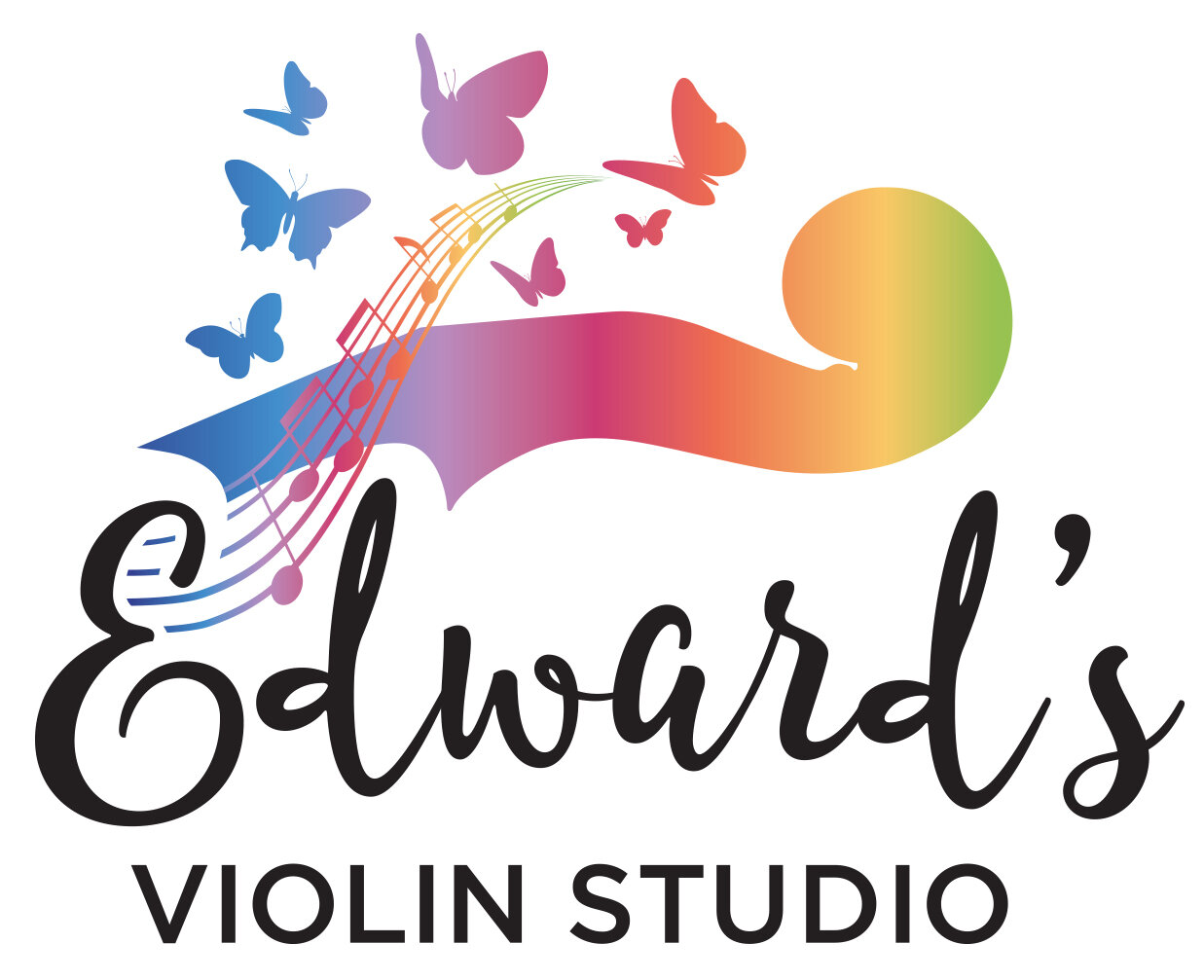Finding the refuge
The gift of easeful practice - part one
For many years I struggled to get better at violin. I went after it with single-minded focus.
I put all of my willpower into it. I aimed ever higher; more challenge, higher positions, faster passages. I wanted to get into the best orchestra, win at auditions, and have the approval of conductors and other musicians I admired.
I knew this required practice. Every day, for several hours. I demanded strict discipline from myself. I willing accepted the challenge. In college I remember putting in an hour or two of practice and then going to a 90-minute orchestra rehearsal, three times a week, and on the other days having lessons and more practice time.
I almost destroyed myself as a violinist doing this. Partly because of the difficulty of the music and the hours I was putting in, I was in constant pain somewhere. I felt like I was being squeezed in the center of my back by an iron hand that would not let go. When I lay down, it felt like laying on a bed of thumbtacks. By the time I graduated I was completely burned out. I entered college wanting a career in music, but left it without any direction.
In many ways I was encouraged to do this. Loved ones asked if I had gotten first chair. My teachers wanted to help me get into professional orchestras. I was always praised for my dedication and work ethic, recognized for faithful practice, and seen as reliable and even a leader. Striving for the top always seemed like the best path for me.
My college orchestra conductor, whom I greatly respected and admired, expected total devotion to an artistically excellent production. I shared this sense of artistic ideal, and I wanted his approval. I didn’t have the virtuosic skill of some of my fellows, so I made up for it with an iron will and hard work, and as a result I gained a leadership chair.
I always thought of this as virtuous. And everyone around me seemed to agree.
So how did I end up quitting?
Viewing practice only as a means to achievement led me to burn out. And not only that. I had bodily pain and injury, repetitive stress syndrome, and the sheer mental exhaustion of managing these problems on a daily basis. If this was what was required to be a musician, I thought, then I don’t want any part of it.
So I went into another career.
After a couple decades, I found myself accidentally teaching a substitute violin lesson. I realized I loved it and I could really contribute to the world this way. But I still had reservations about the commitment, and the fear of resurrecting the pain in my body.
Starting over with Suzuki really helped me re-orient, and calmed my fears. In my Book One certification, I learned to allow the bow to move across the open strings with almost no effort, just trying to ease into a resonant sound. From there, in every subsequent training and in all my practice, the easeful production of beautiful sound has remained central.
I learned to allow the bow to move across the open strings with almost no effort, just trying to ease into a resonant sound.
When I opened the violin studio as a solo business, some of the pain came back. But through therapy, patience, and continually returning to natural tone production, I have felt the pain lessen. My body began to accept that I could play music without the tension. I feel freer now in the way I play.
Now I want to pass that freedom on to students, parents, teachers, and anyone who will listen.
Here’s the thing: You can be in the best orchestra in the world, but if you are in pain, it isn’t a happy place. No gig is worth giving up your body’s health and your peace of mind.
You can be in the best orchestra in the world, but if you are in pain, it isn’t a happy place.
A new core
I’m not saying don’t ever aim for anything, don’t try to attain artistic excellence. But those things are not the core of me anymore. And I don’t believe they are the core of art either. Trying for an outcome that we label “excellent” before starting is a perfectionist ideal, one that requires a sacrifice of our bodies, and ultimately our art itself.
Over the years, I have realized that music practice can actually be a refuge. From the expectations of the world, from turbulent emotions, from broken relationships. It is a place where you can touch something timeless, and feel a generative energy. But that requires a different mode of practice, a more easeful kind.
This easeful way has come through several channels, including yoga, therapy, and even a change in my relationships. It included reading the Artist’s Way and working through the blocks I didn’t even know were there.
Suzuki affirms this easeful approach: we teach our bodies with kindness and with love. We nurture, we don’t push. We cultivate, we don’t prove. We don’t go too fast, but we show up every day. We allow our bodies and brains to acclimate, to adjust, to absorb. Like gentle spring rain, coming in a fine mist, eventually soaking everything.
The fresh feeling of ease! May you discover this, and if you are in pain, please know it can get better.
~~~
This is part one of a series on Easeful Practice. If you have a question, story or suggestions about finding more ease in practice, I would love to hear it.
Stay tuned for the upcoming Easeful Practice Audio, a mindfulness audio series coming Fall 2023!

